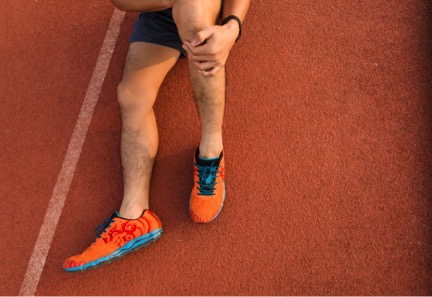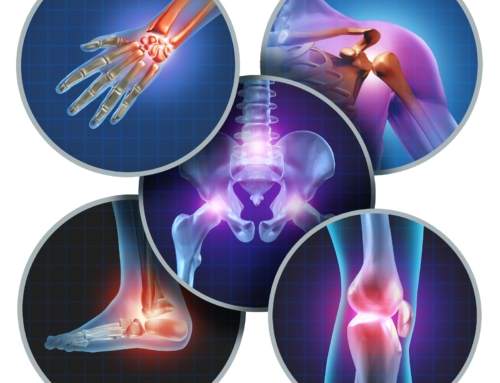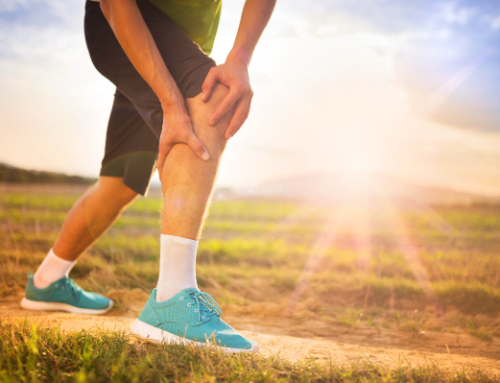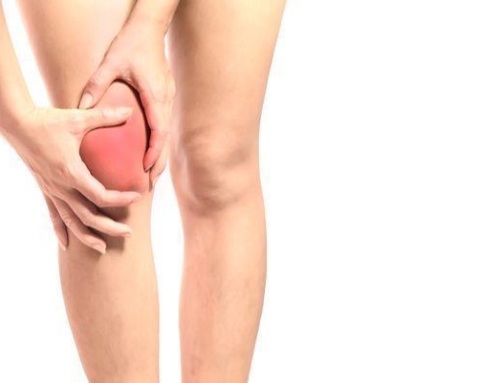
You may say, “I’m not a runner, I can’t have runners knee,” but runners knee is not just an injury from running. It’s a broad term referring to pain in and around the patella or kneecap. Runners knee encompasses terms such as patellofemoral pain, chondromalacia patella and tendinitis. These injuries can occur to anyone at any time in their active life. Increased stresses from anatomical variants such as high or low foot arches, decreased cartilage under the kneecap, tight muscles or muscle strength deficiencies can have a direct impact on your symptoms. External factors such as impact sports, sitting for extended periods of time and repetitive stair use are all common stories that create knee pain. Runner’s knee, however, can be prevented through proper exercise and strength conditioning of the lower body. Here are 9 strengthening exercises to help prevent runner’s knee.
Prevention
Prevention begins with low intensity exercise. The exercises listed below incorporate the stretching and strengthening of key body parts. Through these exercises, you can improve your body to be more resilient against the stresses that may damage your legs leading to the development of runner’s knee.
Simple Exercises
These simple exercises don’t involve the use of equipment. They instead task you to use your body in a variety of ways to target a specific portion of your body. In this case, the exercises prioritize the lower body in areas including the quads, hips, glutes and iliotibial band (IT band). Here are several exercises you can use:
Hip Flexor Stretch
This exercise is meant to increase mobility by loosening the hip flexors. This is especially important for people that end up sitting all day, which usually causes regression in the hip flexors, making them prone to injury.
Glutes Bridge
This exercise starts with your back on the floor and lifting your hips in the air while keeping yourself firmly planted on the ground. This actively stretches and strengthens the glutes and hamstrings.
Lateral Hip Stretch
The lateral hip stretch targets the lateral portion of the hips, which is key in preventing runner’s knee. This exercise prevents tightness that causes unusual movement in the patella.
Fire Hydrant
This exercise targets the quads, glutes and thighs simultaneously. It also makes use of the flexible movements that stretch other muscles outside of the main target areas. Strapping weights at the thigh and knee can increase difficulty.
Rotation Stretch
The rotation stretch improves the natural rotation of the hips, abdominals and back muscles, further increasing the range of motion. This exercise is suited for active runners but recommended for everyone else to utilize as well.
Butterfly Pose
The butterfly pose has you sit with the bottoms of your feet touching together and knees outward. Lean your chest forward to stretch the hip and hamstring muscles, which is an ideal solution for dealing with runner’s knee pain.
Assisted Exercises
These exercises involve using objects that give your body assisted leverage to successfully perform the action. The objects you use may include step platforms, stability balls or foam rollers. If you don’t have access to these items, you can look in your local gym to find them.
Wall Sits with Ball Squeeze
This will require a wall you can lean against as well as a small, soft ball. Soccer balls work great. As your leaning against the wall and slide down into a 45-60 degree squat, place the ball in-between your knees and squeeze together. This exercise targets muscles in your knee that will help stabilize and prevent knee instability pain over time.
45 Degree / 60 Degree Lunges – Forward and Lateral Movement
Lunges target the quads and hamstrings while toning the lower body. It requires that you have a large enough space to move within. Deep lunges are a thing of the past since they add stress to the knee that may inhibit your recovery. Slow, controlled movements are key. Don’t lunge past 45 degrees initially and once your symptoms improve, advance in depth but don’t go too far. 60 degrees is the limit.
Foam Rolling
There are three variations to this exercise using the foam roller: the IT Band roll, Hamstring roll and Quad roll. The IT band variation is preferable after doing long distance running, as it loosens the target muscles that are prone to tightening. Hamstring rollers help strengthen the core and effectively target the glutes, hamstrings and back. A stability ball is a must for this exercise. The quad roll alleviates tension in the target muscles by massaging the affected areas to loosen them up in the prevention of any tightness leading to knee pain.
Runner’s Knee Treatment from an Orthopedic Specialist
If your symptoms are persistent and conservative management has failed your recovery, it may be time see an orthopedic knee specialist. Dr. Roger Chams of Chicago-based Illinois Bone and Joint Institute specializes in sports-related injuries and disorders with treatments focused on the knee and shoulder. If there are any concerns or complications relating to your injuries or disorders, you can schedule an appointment with him by calling (847)-247-4000, or contact us for more information.





